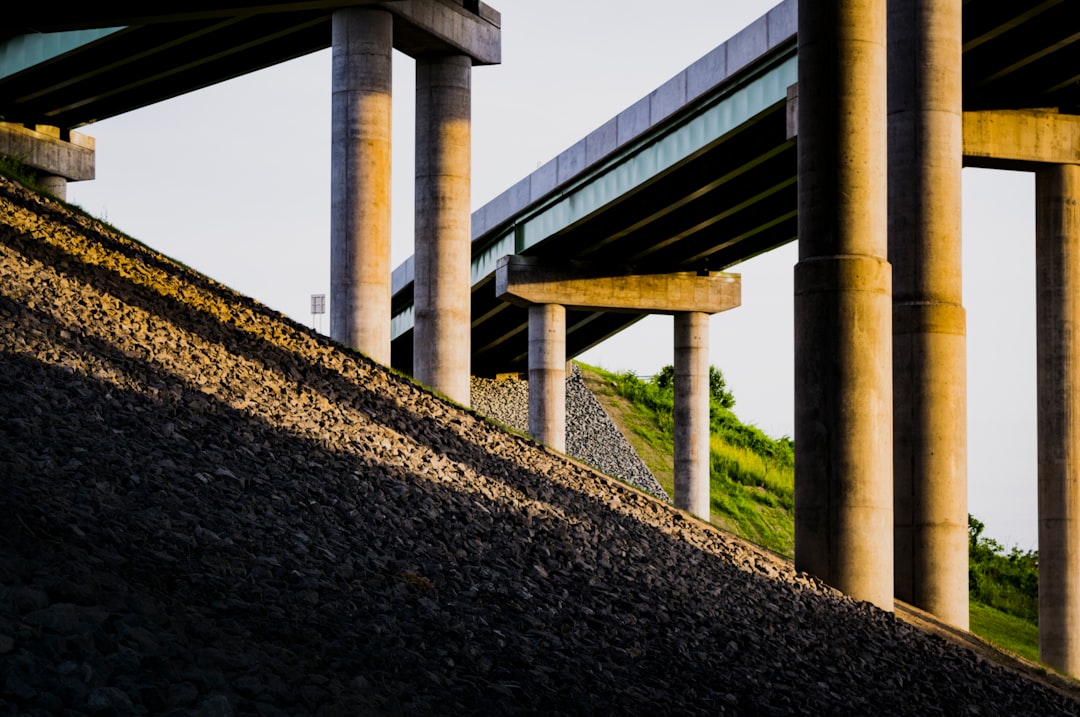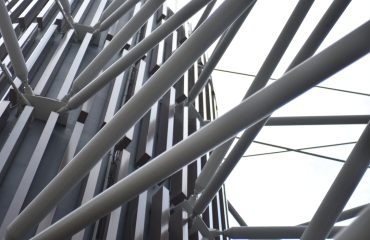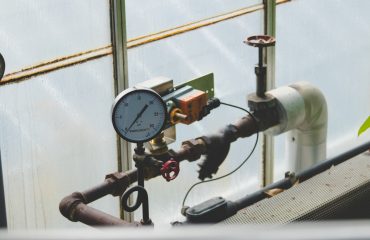Structural steel has been a cornerstone of modern construction for over a century, and for good reason. Its inherent properties make it a superior choice for a wide range of projects, from skyscrapers to bridges to industrial facilities. This comprehensive guide delves into the numerous benefits of using structural steel, showcasing why it remains the material of choice for engineers and architects worldwide.
Unmatched Strength and Durability: The Foundation of Steel’s Success
The most immediately obvious advantage of structural steel is its exceptional strength-to-weight ratio. This means that steel can support immense loads while remaining relatively lightweight compared to other materials like concrete or masonry. This characteristic is crucial in high-rise buildings, where minimizing weight is essential for structural stability and foundation design. Furthermore, steel’s inherent durability ensures long-term performance, resisting wear and tear from environmental factors such as wind, rain, and temperature fluctuations. Properly designed and maintained steel structures can last for decades, even centuries, with minimal maintenance requirements, making it a highly cost-effective long-term solution.
Versatility in Design: Shaping the Future of Construction
Steel’s versatility is another key factor contributing to its widespread adoption. Unlike materials with limited shaping possibilities, steel can be easily molded and fabricated into a vast array of shapes and sizes. This allows architects and engineers to create complex and innovative designs, pushing the boundaries of architectural expression. From intricate curves to precise angles, steel’s malleability opens up a world of design possibilities, enabling the construction of structures that are both aesthetically pleasing and structurally sound. The ability to prefabricate steel components off-site also streamlines the construction process, reducing on-site time and labor costs.
Sustainability and Environmental Considerations: A Greener Choice
While often perceived as an environmentally unfriendly material, structural steel boasts significant sustainability advantages. Firstly, steel is 100% recyclable, meaning that old steel structures can be deconstructed and the material reused in new projects. This significantly reduces the demand for newly mined iron ore, minimizing the environmental impact of extraction and processing. Secondly, the lifespan of steel structures contributes to reduced embodied carbon compared to some materials that require frequent replacement. Furthermore, advancements in steel production are continuously improving energy efficiency and reducing emissions, making steel a more environmentally conscious choice than it might initially appear.
Cost-Effectiveness: Balancing Budget and Quality
While the initial cost of steel might seem higher than some alternatives, the long-term cost-effectiveness of structural steel is undeniable. Its durability and longevity mean reduced maintenance and repair costs over the structure’s lifespan. The speed and efficiency of steel construction also translate into shorter project timelines, saving on labor costs and accelerating the return on investment. The prefabrication aspect further minimizes on-site work, reducing potential delays and associated expenses. When considering the entire lifecycle cost, from construction to demolition and recycling, structural steel often proves to be a highly competitive and economical option.
Fire Resistance and Safety: Protecting Lives and Property
Concerns about fire safety are paramount in any construction project. While steel can weaken at high temperatures, modern fire protection techniques effectively mitigate this risk. Techniques such as fireproofing coatings and enclosures provide exceptional protection, enabling steel structures to withstand fires for extended periods, allowing for safe evacuation and minimizing property damage. This inherent fire resistance, combined with steel’s inherent strength, makes it a reliable choice for ensuring the safety of occupants and the preservation of valuable assets.
In conclusion, the benefits of structural steel extend far beyond its impressive strength. Its versatility, sustainability, cost-effectiveness, and inherent safety features make it a leading material in modern construction. As technology continues to advance, the applications and benefits of structural steel are only poised to expand further, solidifying its position as a cornerstone of the built environment.
Tags: structural steel, steel construction, steel benefits, sustainable construction, building materials




